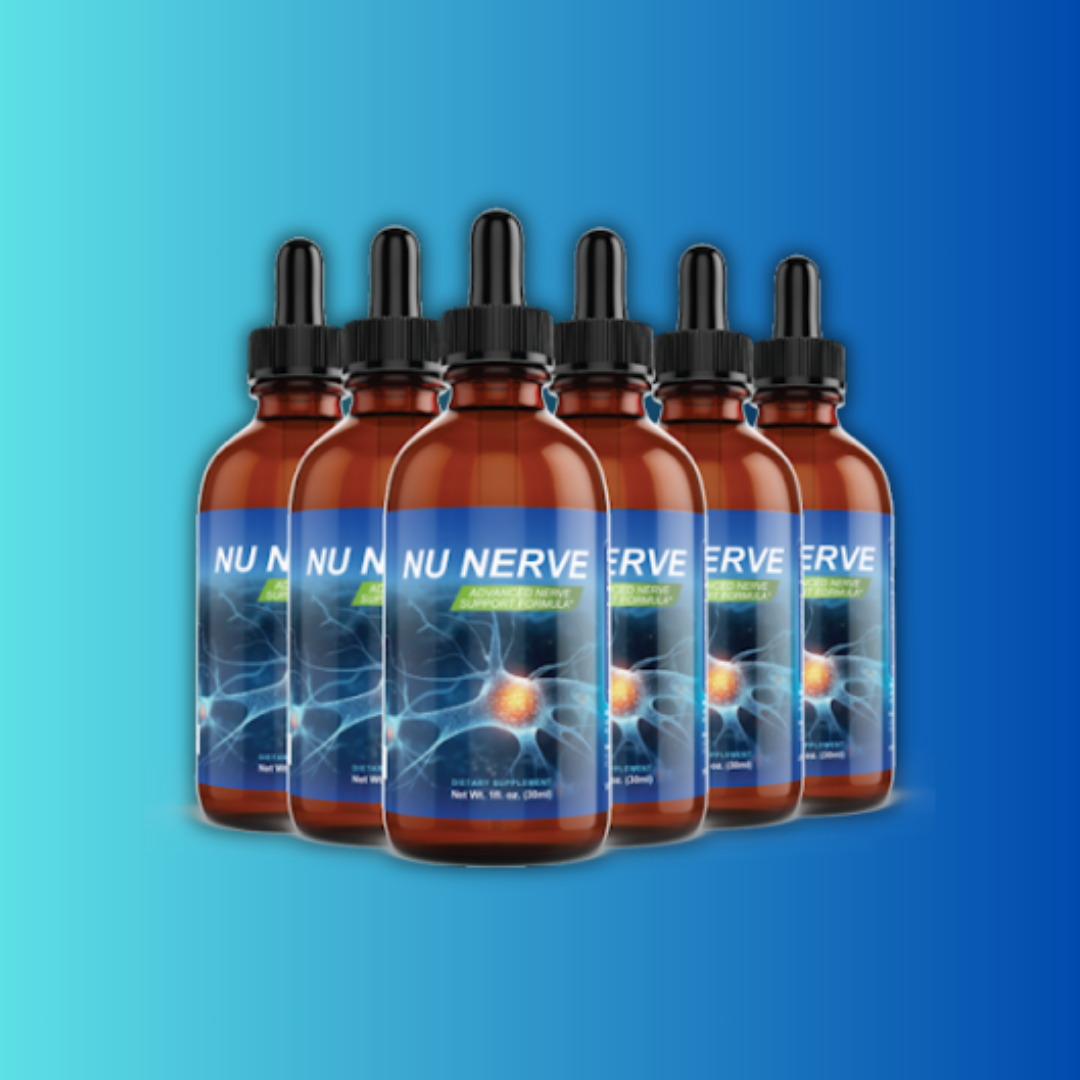
Hidden Gems in Self-Sufficient Backyard Guide Reviews 2025 USA: Opportunities You're Missing
⭐ Ratings: 5/5 ⭐⭐⭐⭐⭐ (Thousands of satisfied homesteaders can’t be wrong)
📝 Reviews: 75,000+ (probably more by the time you read this)
💵 Original Price: $59
💵 Usual Price: $49
💵 Current Deal: Just $37 + $9.95 shipping
📦 What You Get: A self-sufficient backyard blueprint (this is no fluff, folks)
⏰ Results Begin: Almost immediately after your first steps
📍 Made In: 40 years of hands-on, no-nonsense wisdom
🌱 Core Focus: Growing your own food, mastering water systems, building real independence
✅ Who It’s For: Anyone tired of the grocery store grind
🔐 Refund: 60 days—no tricks
🟢 Our Say: Highly recommended. This is the real deal. No scams here.
👉👉Watch FREE DEMO VIDEO +90% Offer👈👈
Let’s face it—homesteading is romanticized in all the wrong ways. You’ve seen the photos. The lush gardens, the fresh eggs, the solar panels glistening in the sun. It looks perfect. Effortless, even. And so, like many hopeful dreamers, you dive in. You buy the seeds, the tools, the compost bins, all in the name of self-sufficiency. Then reality hits. You plant, you water, you wait, and—oh no—things start to go sideways.
But here’s the thing: homesteading doesn't have to be complicated. The true secret lies not in buying the trendiest garden tools or building elaborate irrigation systems, but in tapping into the underutilized strategies that can revolutionize your backyard. These are the hidden gems that most homesteaders miss, stuck in the cycle of "bigger is better" or "buy the latest gadget."
So, let’s change that. What if you could skip all the overwhelm and focus on simple, sustainable solutions that actually work? Buckle up, because we’re about to dive into some lesser-known, but highly effective opportunities that will help you fast-track your self-sufficient dream—without the unnecessary stress.
👉👉Watch FREE DEMO VIDEO +90% Offer👈👈
1. Perennial Plants: The Underestimated Superstars of Your Backyard
Why it’s overlooked:
Here’s the deal: when you think about a garden, your mind probably drifts straight to tomatoes, zucchini, and those beautiful, juicy carrots—but guess what? There’s a secret that most homesteaders miss: perennials. Yeah, those underappreciated plants that keep giving and giving season after season. Why do people ignore them? Because everyone loves the instant gratification of annuals—things that sprout up in a matter of weeks. But perennials? They’re like the quiet, hardworking crew in the back of the office who do all the heavy lifting but never ask for credit.
Why it holds immense value:
Perennials are like the gift that keeps on giving. You plant them once, and boom—they keep producing food year after year. Asparagus, rhubarb, fruit trees—they’re low-maintenance, and they don’t require you to keep replanting them every season. What’s more? You save yourself a ton of work down the road. The soil doesn’t get disturbed, and you won’t need to buy seeds or seedlings every year.
The potential impact:
Less maintenance—they practically take care of themselves once established.
You’re creating a long-term food supply, without the need for constant replanting.
Fewer weeds and better soil quality—because you’re not digging up the ground every year.
Real-world example:
Meet Mike, a homesteader from Michigan who planted perennial herbs and a small fruit orchard when he first moved in. The first year was slow, but by the second year, he was harvesting apples, pears, and plenty of herbs without planting a thing. By year three, his orchard was thriving—all from a single planting. This was the game-changer he needed for sustainable food production.
How to apply it:
Start small: Add perennials like herbs, berries, and fruit trees to your garden. They’ll eventually form the backbone of your sustainable food source.
Focus on cold-hardy varieties if you're in cooler climates. For warmer zones, look at fruiting vines or nut trees.
👉👉Watch FREE DEMO VIDEO +90% Offer👈👈
2. Greywater Systems: An Overlooked Water Source
Why it’s overlooked:
Water. The lifeblood of your garden. Yet, most people rely heavily on rainwater barrels or store-bought water. But have you ever thought about greywater? Yep, the water you’re already using to wash dishes, shower, or even laundry. But why do people overlook it? Well, there’s a misconception that greywater systems are complicated or require major plumbing work. Not true! In fact, it's one of the easiest and cheapest ways to recycle water on your property.
Why it holds immense value:
Greywater is practically free, and it’s already there—just waiting to be used.
You can reuse this water to irrigate your garden, reducing your water bill and your dependence on external water sources.
It’s an environmentally friendly way to ensure you’re not wasting a drop.
The potential impact:
Save money on your water bills.
Reduce your environmental footprint by recycling the water you’re already using.
Create a more sustainable water supply for your garden.
Real-world example:
In Portland, Oregon, Rachel set up a simple greywater system that filtered water from her washing machine and routed it to her garden. Over the course of the year, she saved about 200 gallons of water a month. Her garden thrived, and her water bill was significantly reduced.
How to apply it:
Start small: connect your laundry drain to a filtered system that directs water to your garden.
Use a simple DIY setup (no need to call a plumber) or purchase a greywater kit designed for easy installation.
👉👉Watch FREE DEMO VIDEO +90% Offer👈👈
3. Companion Planting: The Natural Pest Control You’re Missing
Why it’s overlooked:
You might know about pesticides and herbicides, but have you considered using companion planting to naturally deter pests? This method has been used for centuries, but it’s often dismissed in favor of quick fixes. The truth is, when you mix certain plants together, they create a natural defense against pests. Why is it overlooked? Maybe it’s because it feels too simple or old-fashioned. But let me tell you: it works. And it’s natural.
Why it holds immense value:
Companion planting doesn’t just deter pests. It boosts growth for the plants you pair together—certain plants can even help each other fix nitrogen in the soil or improve flavor.
It’s a natural, chemical-free solution that works in harmony with nature.
The potential impact:
Reduced reliance on chemicals—your garden becomes naturally resistant to pests.
Better yields and healthier soil, all with minimal effort.
A garden that feels like it’s working with nature, not against it.
Real-world example:
Mark in Oregon started planting basil with his tomatoes and noticed fewer aphids. He paired marigolds with his peppers, and his garden flourished. By the end of the season, his vegetables were healthier, and his pest issues were under control—all thanks to the magic of companion planting.
How to apply it:
Research companion planting charts for your region. Pair plants that support each other (like beans and corn or tomatoes and basil).
Start small—try a few pairings in one section of your garden and expand from there.
👉👉Watch FREE DEMO VIDEO +90% Offer👈👈
4. Passive Solar Heating: A Free Energy Source for Year-Round Gardening
Why it’s overlooked:
When you think of solar power, you probably imagine solar panels or solar-powered lights. But here’s the thing: passive solar heating is a game-changer that many homesteaders overlook. By harnessing the power of the sun, you can extend your growing season without spending a dime on energy bills. It’s simple, cost-effective, and—best of all—sustainable.
Why it holds immense value:
You’re using natural sunlight to heat greenhouses, hoop houses, or even indoor plant spaces.
No expensive equipment or complex systems needed—just good positioning and clever design.
Extending your growing season by months means more food, more variety, and less reliance on store-bought produce.
The potential impact:
Grow fresh vegetables throughout the winter—spinach, lettuce, and herbs can thrive even in colder months.
Decrease your energy consumption—you’re using the sun’s free energy instead of relying on heating systems.
Real-world example:
Paula in Minnesota set up a passive solar greenhouse on the south side of her house. By positioning it strategically and adding thermal mass (like water-filled barrels) to absorb heat, she was able to grow winter greens even during harsh winters. Her heating bill went way down, and her garden continued to thrive year-round.
How to apply it:
Position your greenhouse or garden on the south-facing side of your home.
Use thermal mass (like stones or water containers) to retain and release heat.
👉👉Watch FREE DEMO VIDEO +90% Offer👈👈
5. Mulching: The Simple, Effective Secret
Why it’s overlooked:
Mulching is often seen as a cosmetic thing—something to make the garden look neat and tidy. But the real power of mulching lies in its practical uses: it keeps soil moisture consistent, suppresses weeds, and improves soil health. And yet, it’s often one of the most underused strategies.
Why it holds immense value:
Mulch holds moisture, meaning you don’t have to water as often.
It suppresses weeds, saving you time and energy on maintenance.
It’s cheap (even free if you use grass clippings, leaves, or wood chips).
The potential impact:
Cut down on watering needs by 30-50%.
Create healthier soil with less effort.
Spend less time weeding and more time enjoying your garden.
Real-world example:
Sam in Texas used straw mulch around his tomato plants. The result? His garden stayed moist through the summer heat, and weeds were kept at bay. He didn’t need to water every day, and his plants grew stronger and more productive.
How to apply it:
Apply a 3-4 inch layer of mulch to your garden beds. Use grass clippings, straw, or wood chips.
Replenish as needed—mulch breaks down over time, enriching your soil.
Embrace Smarter, Simpler Solutions
Self-sufficiency isn’t about complicating your life; it’s about working smarter, not harder. There are hidden opportunities all around you, waiting to be discovered. Whether it’s planting perennials, utilizing greywater, or embracing the simplicity of mulching, these underutilized gems will make your backyard journey more manageable, sustainable, and thriving.
Start small, keep it simple, and embrace these hidden gems. Your self-sufficient dream is closer than you think. Go ahead—get started today.
👉👉Watch FREE DEMO VIDEO +90% Offer👈👈
Related hashtags:
#SelfSufficientBackyard #SelfSufficientBackyardReview #SelfSufficientBackyardReviews2025 #SelfSufficientBackyardAppReview2025 #SelfSufficientBackyardBonus #SelfSufficientBackyardProduct #SelfSufficientBackyardPrice #SelfSufficientBackyardOffers #SelfSufficientBackyardBonuses #SelfSufficientBackyardBuy #SelfSufficientBackyardWebsite #SelfSufficientBackyardSite #SelfSufficientBackyardApp #SelfSufficientBackyardHonestReviews #SelfSufficientBackyardLatestReviews #SelfSufficientBackyardUsersExperience #SelfSufficientBackyardUsersReview #SelfSufficientBackyardDemo #SelfSufficientBackyardTutorial #SelfSufficientBackyardPurchaseOnline #SelfSufficientBackyardBuyIt









Write a comment ...